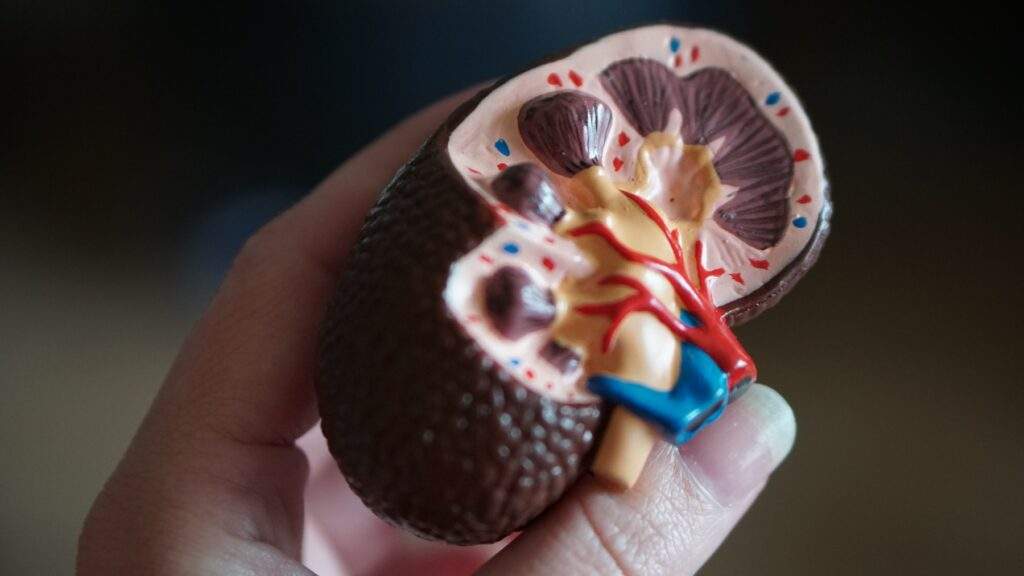

The new study was carried out by Nanyang Technological University, Singapore scientists. The scientists developed an imaging probe that ensures acute kidney failure is detected earlier. Acute kidney failure is a fatal and swiftly developing condition.
The newly discovered renal probes were tested in mice and were injected into their bloodstream. When there is a molecular change induced by the onset of acute kidney failure, the imaging probes light up.
This new method of non-invasive detection of acute kidney failure has been designed to be potentially used in test strips for urinary samples
Acute kidney failure before now has been poorly diagnosed, and the current diagnostic methods aren’t able to detect changes in the early stages of acute renal failure. Acute renal failure can be fatal, not only that it is the norm among patients in need of intensive care, it occurs in just a few days or at worst, in a few hours.
The study team aimed to develop a non-invasive detection method which will be both practical and efficient because acute kidney injury (AKI) with high mortality and morbidity rate isn’t efficiently diagnosed in hospitals and is in-efficiently evaluated in drug inventions.
To ensure that the molecular renal probes trace the right biological processes and signals, the scientists initially noted the reactive oxygen species (ROS). These ROS’s are unstable molecules (chemically) acts as biomarkers for early-stage kidney failure or injury. When the ROS isn’t in balance in the body, it leads to the body’s proteins, DNA, and fatty tissues being damaged. This adversely can unlock pathways for the death of a cell in an organ, and renal fibrosis, which doctors know can make the injured kidney unable to heal.
The study team is aware that existing reports have cited that ROS-induced by-products aren’t regulated in the urine or plasma before acute kidney injury kicks in. This means that acute kidney failure can be detected earlier using direct ROS detection.
The scientists developed a probe that consists of three components; an aspect that reacts with already identified ROS, a luminescence signaling aspect that makes sure that upon this reaction, the probe lights up. The last part ensures that the examination rightly navigates through the kidneys instead of being stuck at the liver. These newly developed probes are very sensitive; they’re able to detect minute variations in biomarker concentrations ensuring earlier disease detection.
The study team injected these probes into mice, which have been given the cancer drug cisplatin at a high level destructive to their kidneys.
At exactly 12 hours after the cancer drug cisplatin was injected, the probes lit up, indicating a change in the biomarkers already linked to acute kidney injury. This is in line with the renal tubular damage in the mice, which was measured three days after the cancer drug cisplatin was administered.
Also, the probes have a high renal clearance; that is, about 97 percent of the mice injected probes passed through the kidneys and were excreted as urine. This means that the probes can be directly utilized in urine samples to detect early-stage acute kidney failure accurately.
https://www.nature.com/articles/s41563-019-0378-4
